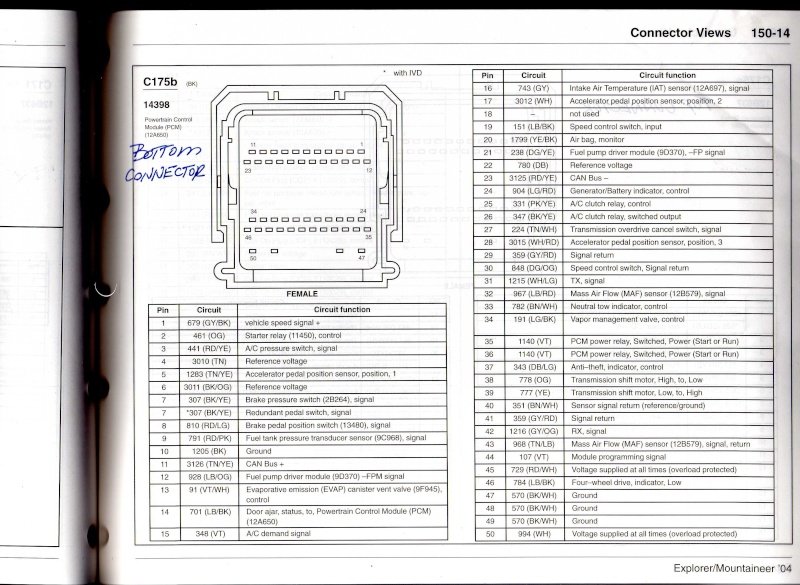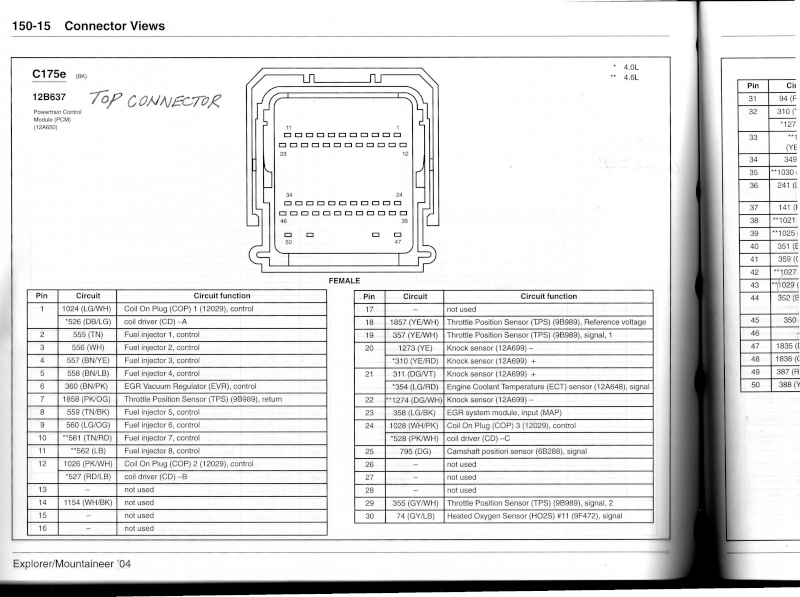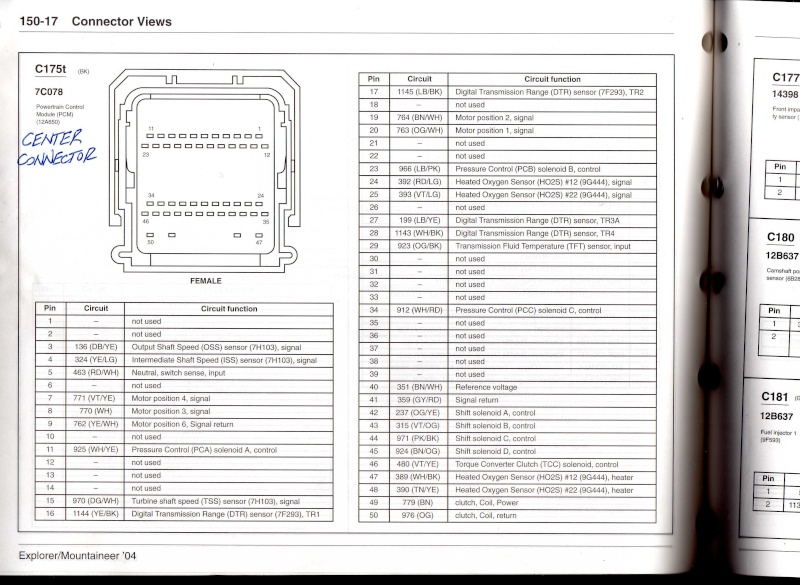pet575
Well-Known Member
- Joined
- June 11, 2008
- Messages
- 529
- Reaction score
- 2
- City, State
- Kansas City, MO
- Year, Model & Trim Level
- 2004 Limited
I'm attempting to test my solenoid pack in my 5R55S transmission. Trouble is I'm a newbie when it comes to using a multimeter and testing resistance. The repair manual I have says the resistance on the TCC Solenoid should check in between 9-16 Ohms.
The results I'm getting with my multimeter set to Rx1k is zero. No matter which pins I check I get a zero reading. When i switch the multimeter to Rx100 I get the same and when i switch it to Rx10 I get something like a 0.20 reading.
I followed the multimeter instructions to zero out the meter when touching the leads of the multimeter together.
What am I doing wrong? Why do I keep getting zero readings no matter what I do?
Please help! Thanks!
The results I'm getting with my multimeter set to Rx1k is zero. No matter which pins I check I get a zero reading. When i switch the multimeter to Rx100 I get the same and when i switch it to Rx10 I get something like a 0.20 reading.
I followed the multimeter instructions to zero out the meter when touching the leads of the multimeter together.
What am I doing wrong? Why do I keep getting zero readings no matter what I do?
Please help! Thanks!











